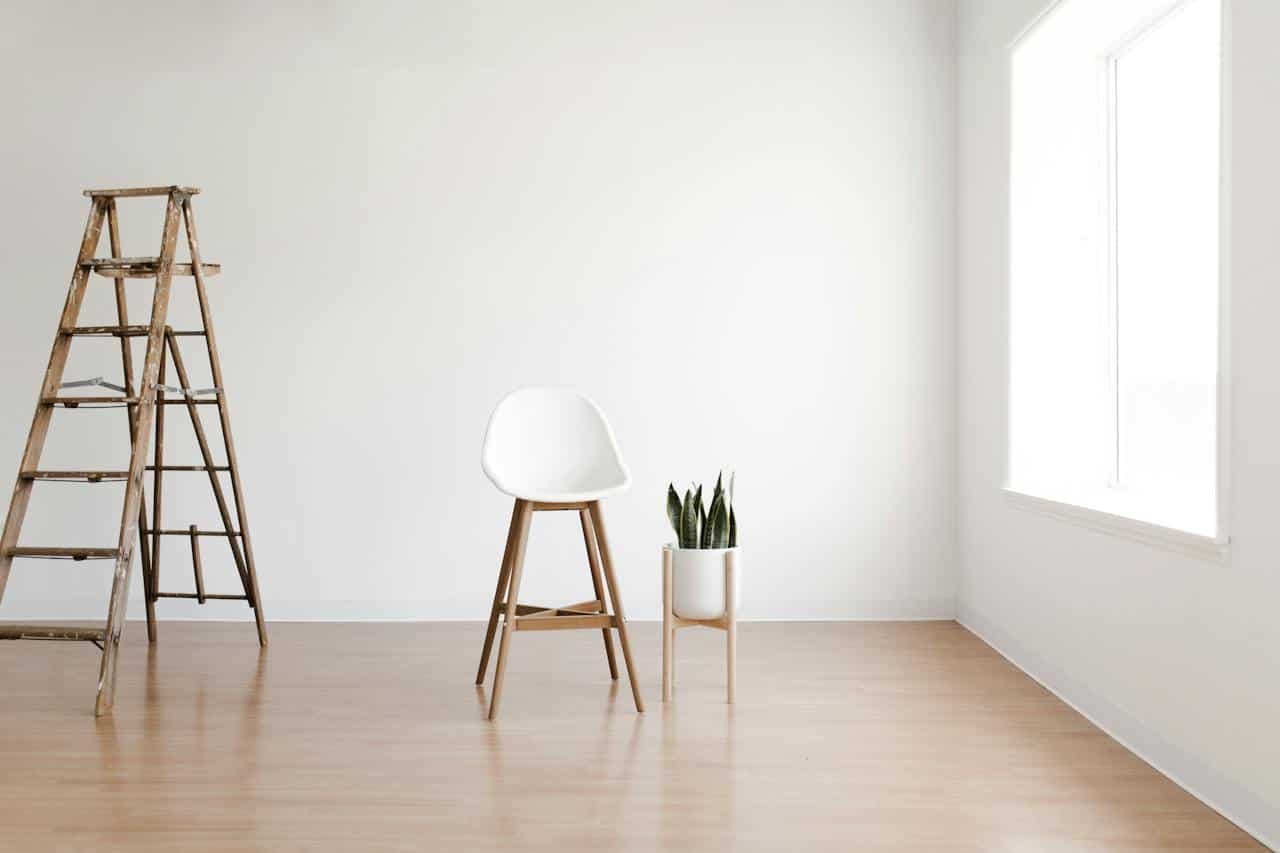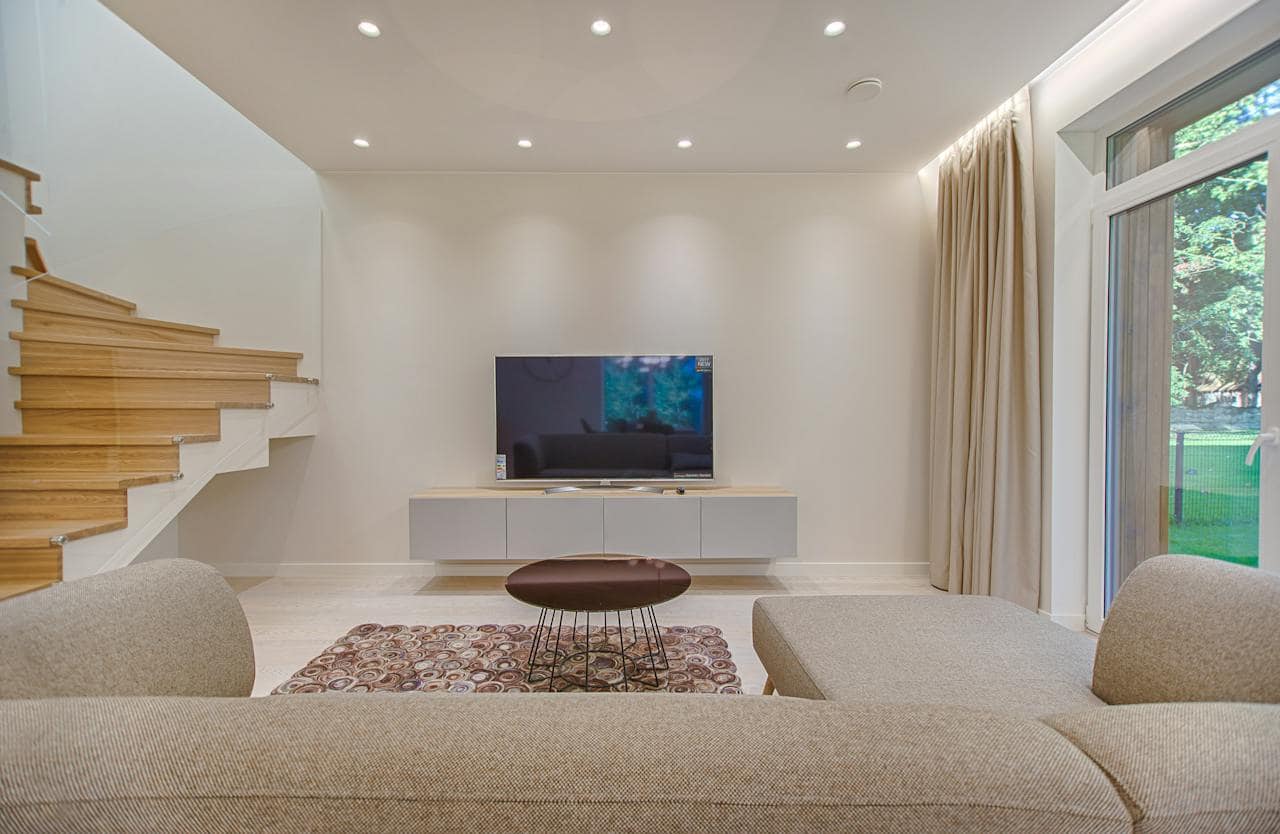In the evolving landscape of interior design, achieving the delicate balance between minimalism and comfort has become a coveted endeavor. Modern interiors, characterized by clean lines and a neutral color palette, often run the risk of feeling too sterile. The challenge lies in infusing spaces with a sense of warmth and comfort without compromising the sleek aesthetic.


Modern interior design is an ode to simplicity and functionality. Spaces are meticulously curated, prioritizing clean lines and purposeful arrangements for both aesthetic appeal and practicality. The focus on uncluttered environments, characterized by open spaces and neutral tones, creates a tranquil atmosphere fostering a sense of calm and order. Each element is chosen with intent, contributing to a living environment designed for both visual allure and efficient functionality.
In the world of modern design, the pursuit of a clutter-free atmosphere is strategic, enhancing functionality and promoting an unencumbered lifestyle. Unobstructed surfaces and open spaces serve as canvases for carefully selected elements, highlighting the importance of thoughtful curation. The deliberate use of neutral colors further amplifies calm and order, creating a serene backdrop that allows for relaxation in a visually unobtrusive environment. Modern interior design thus stands as a testament to the seamless integration of simplicity and purpose, where every element plays a role in shaping spaces for optimal efficiency and aesthetic charm.


In modern interior design, success lies in deftly balancing minimalism and comfort. While simplicity defines the aesthetic, integrating elements for comfort is essential. This delicate equilibrium involves selecting furniture that harmonizes form and function. Textures are strategically employed to enrich the sensory experience, while personalized touches infuse the space with individuality. The result is a captivating interplay between the restrained elegance of minimalism and the inviting comfort that defines well-balanced, modern living environments.
One of the ways to introduce comfort into a minimalist space is through the careful use of textures. Soft furnishings, such as rugs and throw pillows, can add layers that invite touch and create a sense of coziness. Additionally, incorporating materials like wood or natural fabrics can soften the starkness often associated with minimalism.
Minimalism, with its emphasis on decluttering, doesn’t necessitate forsaking personal touches. It’s about the intentional curation of elements that mirror the homeowner’s personality. This could manifest through carefully chosen furnishings, artwork, or decorative pieces. By strategically incorporating these personalized touches, the living space transcends the mere reduction of clutter and transforms into a unique and inviting haven.
In minimalist design, the introduction of personalization is akin to adding brushstrokes to a canvas. It’s not about overcrowding but about thoughtful selection. Carefully chosen furnishings become statements of personal taste, while artwork and decorative pieces serve as subtle expressions of the homeowner’s identity. In this way, personalization breathes life into minimalist spaces, ensuring they exude warmth and character while adhering to the principles of simplicity and order.
In the world of modern interior design, the pursuit of balance is an ongoing journey. It involves thoughtful curation, strategic design choices, and an understanding that comfort is not antithetical to minimalism. By harmonizing these elements, interior spaces can achieve a perfect equilibrium, offering a contemporary aesthetic that is both visually appealing and genuinely inviting.
This website uses cookies.